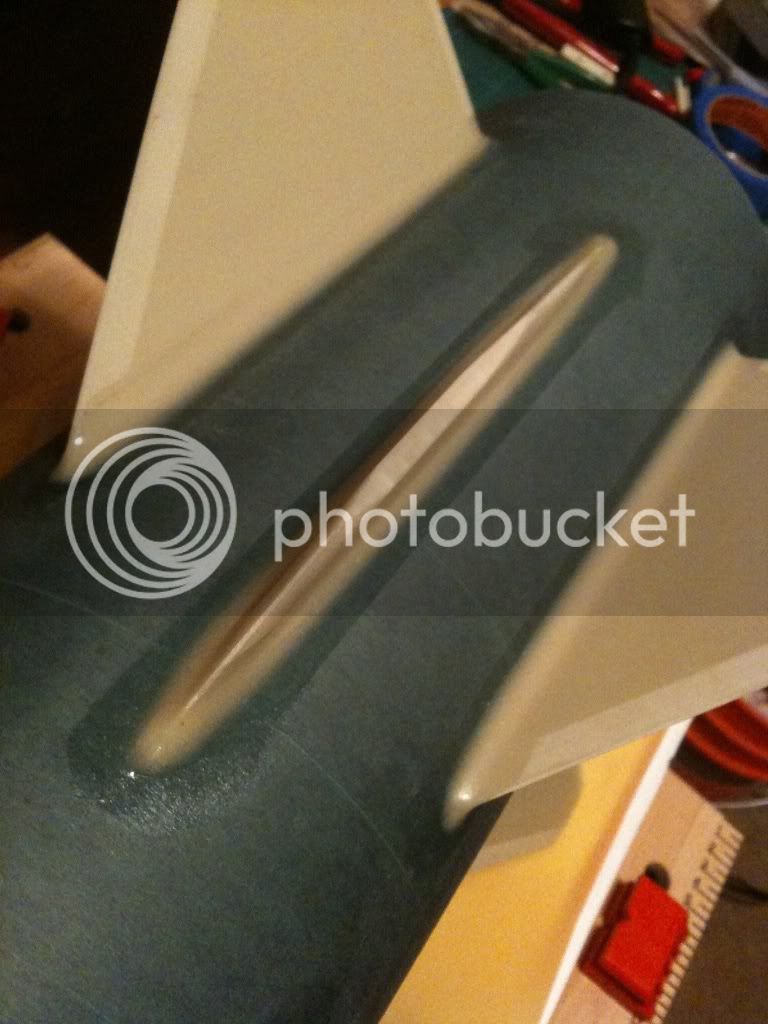Jon Craig
Well-Known Member
- Joined
- Jul 7, 2009
- Messages
- 95
- Reaction score
- 0
I think the chute tamer for rockets is a rubber band or ring that gathers the shroud lines to just under the shroud. The filling of the chute forces the ring or rubber band down the shroud lines expanding the chute.
I'm pretty sure you can get a rubber band for less than $200
No, the product named/Trademarked "ChuteTamer", as linked by the post I quoted, is indeed a $200 product. As the post said, it allows you to make your rocket Dual Deploy "easily". Heh. If you want to spend $200.















